Nearly 1.3 million Khmer people in Mekong Delta localities are celebrating the Sene Dolta Festival, a Khmer holiday to express their gratefulness and appreciation to their ancestors.
This year’s Sene Dolta Festival is being held from the 30th day of the 8th lunar month to the second day of the 9th lunar month, which falls on September 18-20.
Khmer people will gather together to pay tributes to their ancestors, and enjoy traditional songs and dance performances and other light-hearted activities after a hard working year.
To mark the occasion, a delegation led by Son Song Son, the Deputy Head of the Steering Committee for the South-Western Region, visited Khmer people and monks in Vung Liem and Tra On districts, the southern province of Vinh Long on September 17.
He presented gifts to monks and nuns at the Hanh Phuc Tang and Gia Kiet pagodas and urged local authorities to make a great effort to improve local people’s living conditions and open more classes to teach the Khmer language to ethnic minority.
On the same day, leaders of Soc Trang and An Giang provinces visited and handed over gifts to heroic mothers, families which have positively contributed to the country, and over 150 Khmer pagodas in the provinces.
The majority of the Khmer population are living in the southwestern region, which has 453 Khmer pagodas.
The event is one of the largest annual festivals of the Khmer people, besides the Chol Chnam Thmay (New Year) and the Ooc Oom Bok - a festival to thank the Moon for a good harvest.
To mark the occasion, a delegation led by Son Song Son, the Deputy Head of the Steering Committee for the South-Western Region, visited Khmer people and monks in Vung Liem and Tra On districts, the southern province of Vinh Long on September 17.
He presented gifts to monks and nuns at the Hanh Phuc Tang and Gia Kiet pagodas and urged local authorities to make a great effort to improve local people’s living conditions and open more classes to teach the Khmer language to ethnic minority.
On the same day, leaders of Soc Trang and An Giang provinces visited and handed over gifts to heroic mothers, families which have positively contributed to the country, and over 150 Khmer pagodas in the provinces.
The majority of the Khmer population are living in the southwestern region, which has 453 Khmer pagodas.



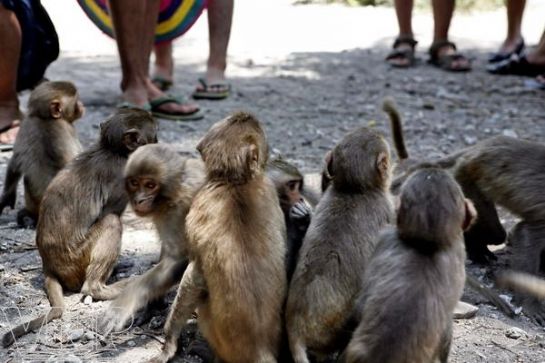
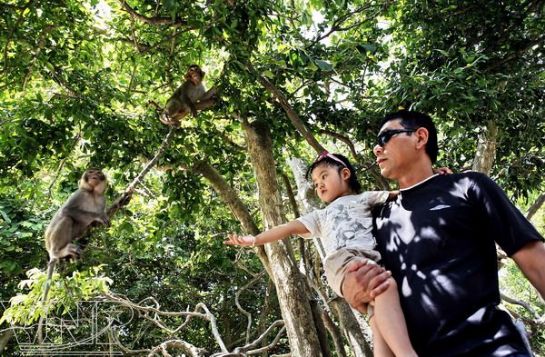
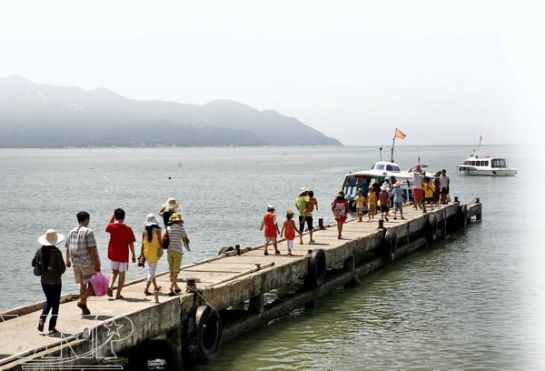
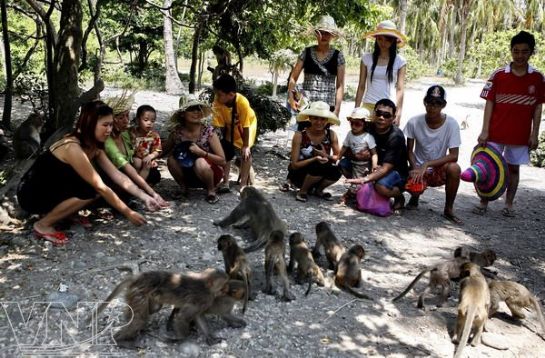
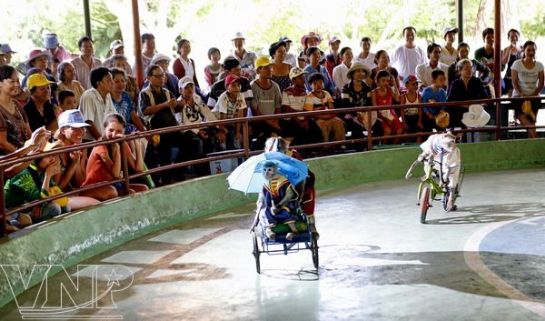
 Then
singing is typical of the Tay and Nung ethnic groups, living mainly in
the north-west, and is presented at important events of the community.
Then
singing is typical of the Tay and Nung ethnic groups, living mainly in
the north-west, and is presented at important events of the community. 
